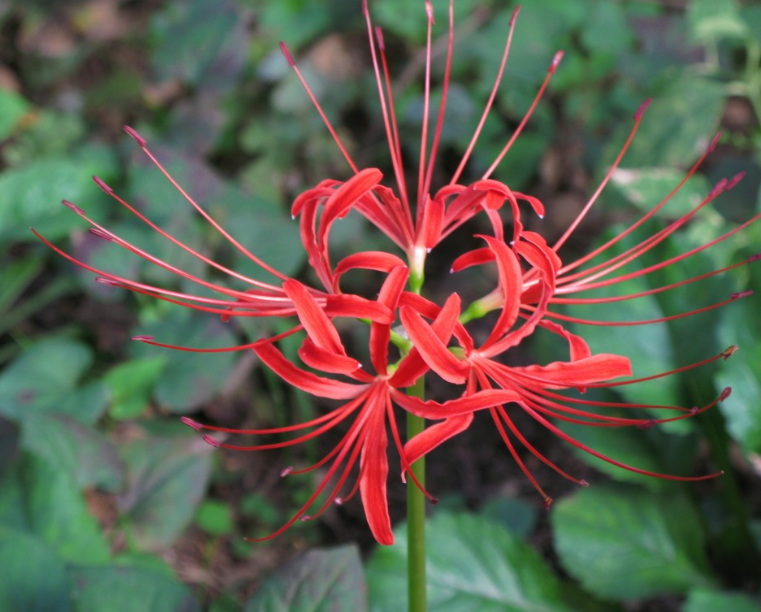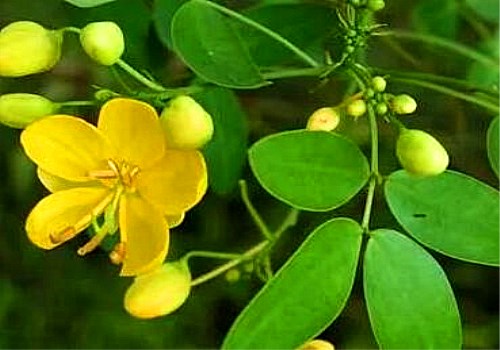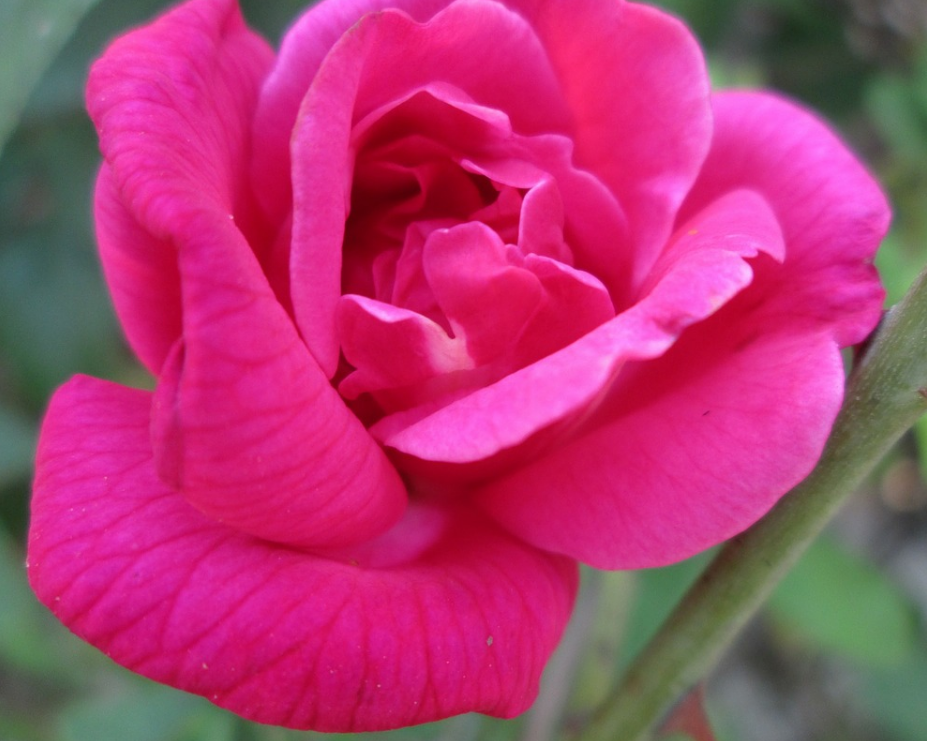Is the other shore flower, known as "unrighteous grass", poisonous? How to breed it?
The other shore flower belongs to a perennial herb of the family Amaryllidaceae, which is also called "unrighteous grass" because the flowers and leaves can not meet. There are many legends about the other shore flower. Many people think that it is colorful and want to breed, but rumors say it is poisonous, so is it really poisonous? How to breed it?

Is the other shore flower poisonous?
Some people have heard that the beautiful flower on the other side is actually highly poisonous, thinking that its whole plant, including flowers, leaves and fruits, will not only be poisoned when eaten, but will be poisoned as long as it touches any part! This is not true. Although it is toxic, it is not as exaggerated as we say. This is why it is raised in parks and homes, but it should be noted that its toxicity lies in the rhizome. Because its rhizome contains alkaloids, if accidentally eaten, it may lead to dry mouth, diarrhea, vomiting, dyspnea, convulsions and even coma and other risks. Therefore, we must be careful when breeding, when there are symptoms of poisoning, remember to see a doctor in time.
Second, how to raise the flowers on the other side?
Point 1: suitable soil
Although the requirement of the other side flower on the soil is not high, it is better to choose the humus soil with loose, fertile and good drainage, because if the soil with poor drainage is easy to accumulate water, it will lead to bulb rot. In addition, if it is wild, because it grows in damp and gloomy areas, pay attention to choose acidic soil when configuring it.
Point 2: proper watering
Although the other shore flower is very resistant to drought, it generally lives in gloomy and humid places and still likes to live in a humid environment, so ensuring the drainage and sufficient moisture of the soil will make the peanuts on the other side grow better. if you find that the surface of the soil is relatively dry and gray-white, it needs watering, and only when it enters the dormant period in summer, it can gradually reduce the amount of water or even not water it.
Point 3: suitable temperature
The other shore flower likes to live in a warm environment, and it is necessary to ensure that the average daily temperature is not higher than 24 ℃ and the highest is not more than 30 ℃, otherwise it is disadvantageous to its growth. The temperature in winter had better be kept above 8 ℃, and the lowest should not be less than 1 ℃, otherwise it would be easy to freeze to death.
Point 4: avoid direct sunlight
Although the other shore flower can also withstand exposure, it still likes to grow in a semi-cool environment, especially when the other shore flower enters the dormant period in summer, we should pay attention to avoid direct sunlight at this time, and it is best to keep it in a cool place.
Point 5: regular fertilization
The growth period of Bianhua is relatively long. In order to make it grow better, it should be buried with sufficient organic fertilizer before planting, and then it should be fertilized regularly every two months so as not to burn its roots. Fertilizer can choose self-made mature compost and add appropriate amount of phosphorus and potassium fertilizer to promote its flowering.
Third, when does the other shore blossom?
The flowering time of Bianhua is mainly divided into two stages, the first flowering stage is from February to March every year, and the second stage is from July to September every year. July blossoms are the best of these two stages. This month is the peak period of blooming on the other side. It is said that the other shore flower that blossoms before and after the Spring Equinox is also known as "the other side of spring", and the other shore flower that blossoms before and after the Autumn Equinox has the title of "the other side of autumn". In short, under normal circumstances, the flowering time of the other shore flower is very accurate.
Conclusion: the above is the introduction about whether the flowers on the other side are poisonous, breeding methods and flowering time. I hope it will be helpful to friends in need!
Time: 2019-03-14 Click:
- Prev

The 8 main points of planting techniques of medicinal plant cassia seed are summarized. Plant them quickly.
Cassia seed, also known as Cassia, fake mung bean, is a legume plant. Cassia seed is used for medicine, which has the effect of relieving defecation, clearing liver and clear eye. it can effectively treat headache, vertigo, glaucoma, constipation and other diseases. Next, this paper introduces the planting technology of medicinal plant cassia seed. Growth habits of Cassia seed
- Next

"Flower queen" rose breeding methods and precautions introduced!
Rose flowers are rich and diverse, known as the queen of flowers, and are loved by many people. However, when breeding roses, we need to pay attention to many maintenance problems such as rotten roots. Today's small series will introduce the cultivation methods and precautions of the next rose flower: the cultivation methods of rose flower
Related
- Fuxing push coffee new agricultural production and marketing class: lack of small-scale processing plants
- Jujube rice field leisure farm deep ploughing Yilan for five years to create a space for organic food and play
- Nongyu Farm-A trial of organic papaya for brave women with advanced technology
- Four points for attention in the prevention and control of diseases and insect pests of edible fungi
- How to add nutrient solution to Edible Fungi
- Is there any good way to control edible fungus mites?
- Open Inoculation Technology of Edible Fungi
- Is there any clever way to use fertilizer for edible fungus in winter?
- What agents are used to kill the pathogens of edible fungi in the mushroom shed?
- Rapid drying of Edible Fungi

